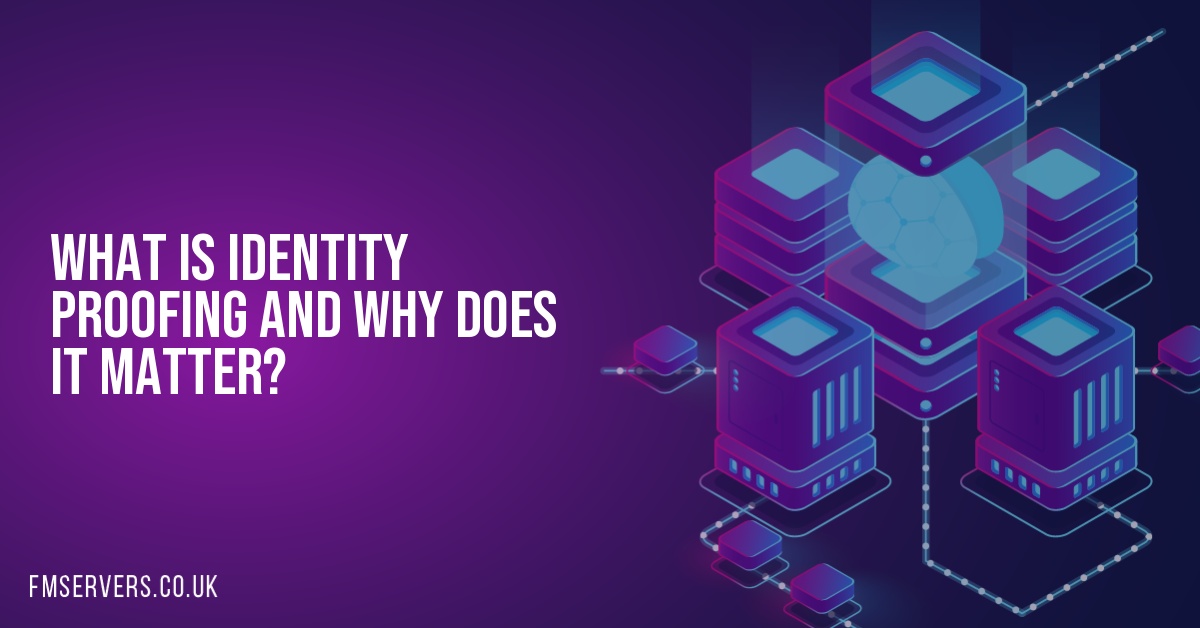Identity proofing is a process of determining whether the data a user provides as identification is true when compared to the actual identity. In recent times, cyber security has seen an increase in fraud-related activities reducing the trust between users and organizations. During the onboarding process, users are asked to provide any document to prove their identity. Making sure this information is correct is known as identity proofing.
How to Prove Identity
Data collection from the available information given by the user is one way to prove the identity of the user, but it cannot be trusted. Identity and Access management systems collect the information and compare it with credit bureaus to determine legitimacy. Such databases and other information such as physical addresses and credit history or employment information could reduce the risk of information being falsified.
Multifactor authentication systems and constant user authentication after registration provide a clear indication of the authenticity and identity of the user.
Methods of Identity Proofing
Online trust has been hampered by hackers who now have access to information on the dark web about accounts and this makes it more difficult to identify identity. As a result, businesses are tightening the security of their online presence using methods such as multifactor authentication and constant and continuous verification to prevent data breaches.
Knowledge-Based Authentication
This entails the use of security questions that customers have to answer when logging in. The questions are based on information that only the person using the account will have answers to. This could be grandparents’ names, favorite spots to hang out, pets, or personal experiences. The risk however of this information being breached is high as hackers have come up with ways in which to access this information and use it for their benefit. Businesses are finding it harder to use personal information as a security measure.
Identification Document Verification
Government-issued documents are known to be very personal and legal. Systems have been updated to allow the upload and use of such documents as a solution to the loss of personal information to hackers. This might include ID cards, driving licenses, passports, or other legally binding personal identification.
Authenticating a user from their ID has become part of an organization’s security against breaches and provides proof that the owner of the ID may be the customer. This however is also not waterproof as fake documentation is easily produced and can be used by cyberthieves.
Band Proofing
Another method of verifying identities is out-of-band proofing. This involves the use of multiple-level authentication methods that require the use of more than one way of accessing the companies’ data. Any malicious threat will have to access two forms of communication to access one account which makes it all the more difficult. After password access or document upload, the user is required to enter either another code that is sent to their email or phone to gain access to the system. This offers an added level of security to authenticate a user and protect the system.
Biometric Verification
Probably the safest and most secure method of security compliance, biometric verification is the hardest to breach. The need for physical user presence provides several challenges for any hackers, especially with multiple layers of systems. Biometric data such as fingerprints, facial and iris scans, and voice recognition software are used to prove that the user accessing the system is the actual owner of the account.
The combination of document uploads and user information makes it a secure way to identify any individual from their name to their document and finally to their physical appearance. In order to gain access to company services, all biometrics must be accurate and reflect the information in the company’s database.
Technology advancement is providing these solutions to curb the increase in fraud and restore trust in online activity between users and businesses. The risk however is constant. The only way to maintain trust is to close more loopholes, so fewer breaches can be identified to ensure continually tighter security measures are adhered to. Having a number of ways to identify users increases the system security.

